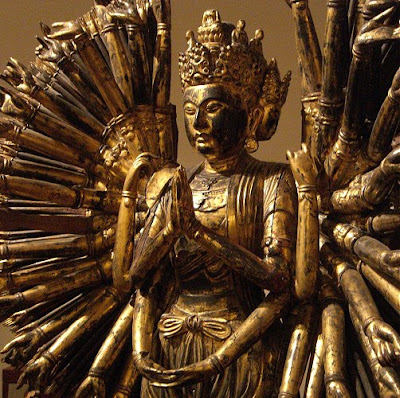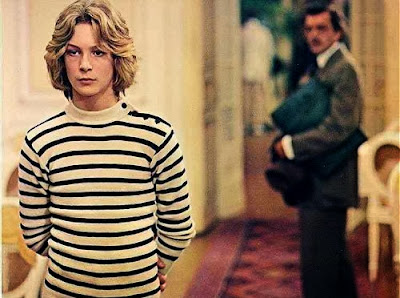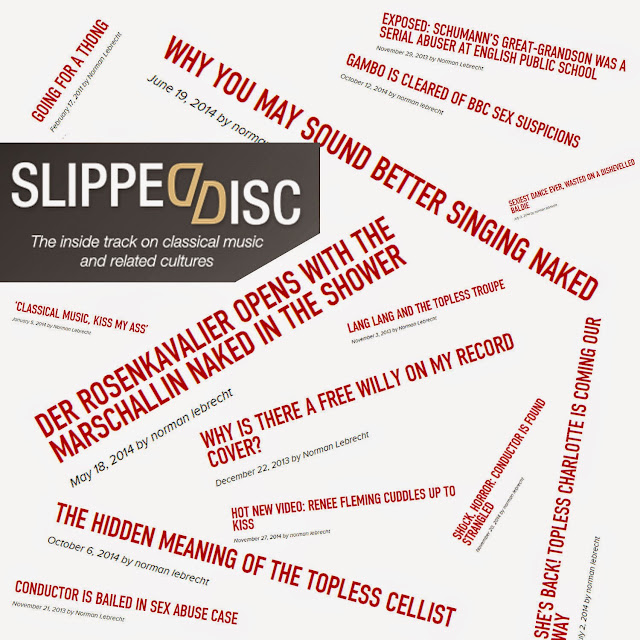Technology must be imbued with the human spirit

'From 1976 to 1980 my son Dominic was a chorister at Winchester Cathedral. During that period and ever since, I have written a number of works associated with that wonderful building and choir. Listening to the choir rehearse, as I often did, with the bells simultaneously ringing above, was one of the mingled impressions which started me on this work: it is entirely based on the boy's voice and that of the largest bell...Jonathan Harvey writes presciently in the sleeve note for the 1999 Sargasso recording of his Mortuos Plango, Vivos Voco for 8 channel tape. Other Jonathan Harvey resources here include visual reflections on his String Quartets, and both a downloadable iTunes podcast and streamed file of my 2010 radio interview with him. On the streamed file only the composer's introduction to his 2008 composition Speakings for large orchestra and electronics is followed by a complete recorded performance. More on that interview here.
In 1980 the sounds were recorded and then taken to IRCAM, the sound research institute in Paris who commissioned the work. Then they were manipulated by computer and cross-bred with synthetic simulations of the same sounds. These latter, being purely digital creations, could be internally transformed to an amazing degree. One could, for instance, move seamlessly from a vowel sung by the boy to the complex bell spectrum consisting of thirty-three partials. The entire pitch structure is based on these partials with their curious, haunting intervals: the harmonies are selected from them, and one transposed selection glissandoes to another.
In entering the rather intimidating world of the machine I was determined not to produce a dehumanised work if I could help it, and so kept fairly closely to the world of the original sounds. The territory that the new computer technology opens up is so unprecedently vast: one is humbly aware that it will only be conquered by the penetration of the human spirit, however beguiling the exhibits of technical wizardry; and that penetration will be neither rapid nor easy.'
Mystical traditions as well as new technology inform Jonathan Harvey's music and the Chinese Buddha from the 10th-13th centuries was photographed by me in the Musée Guimet, Paris; the image is (c) On An Overgrown Path 2011. Any other copyrighted material on these pages is included as "fair use", for the purpose of study, review or critical analysis only, and will be removed at the request of copyright owner(s). Report broken links, missing images and errors to - overgrownpath at hotmail dot co dot uk Also on Facebook and Twitter.








Comments